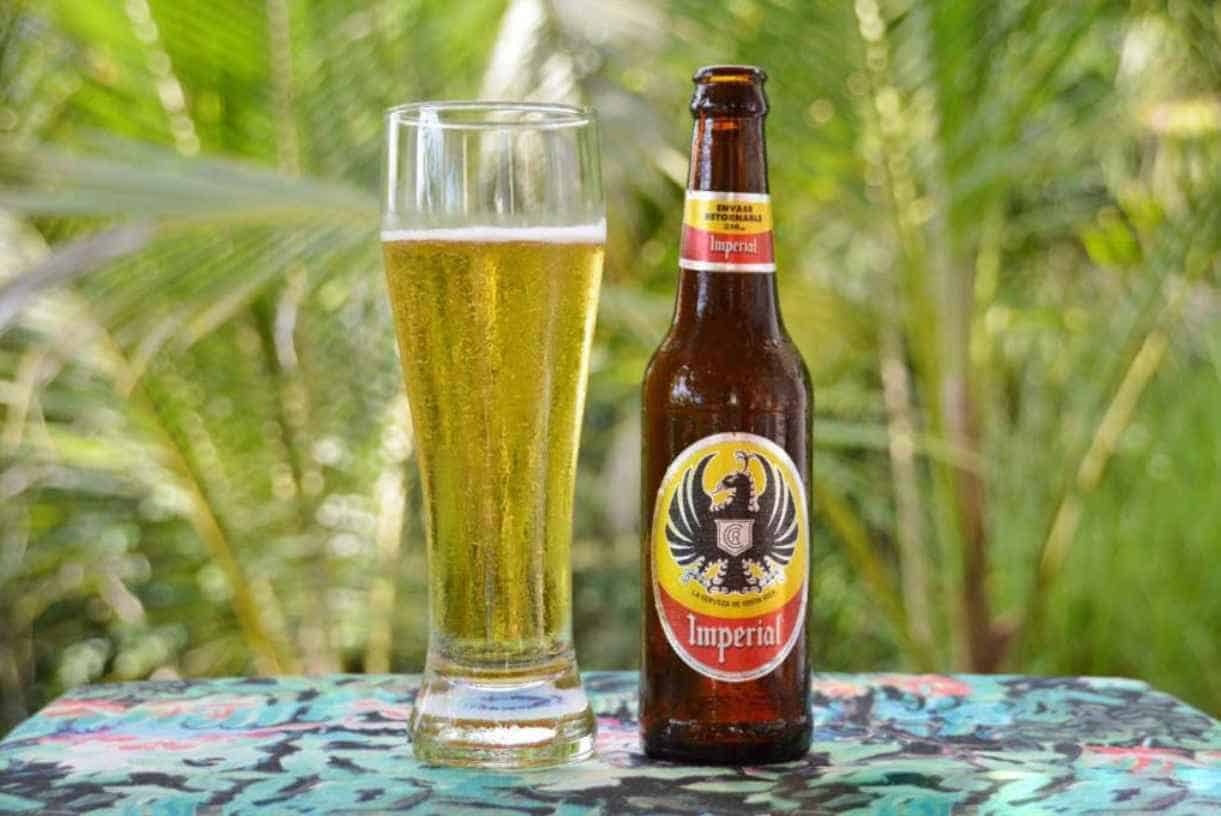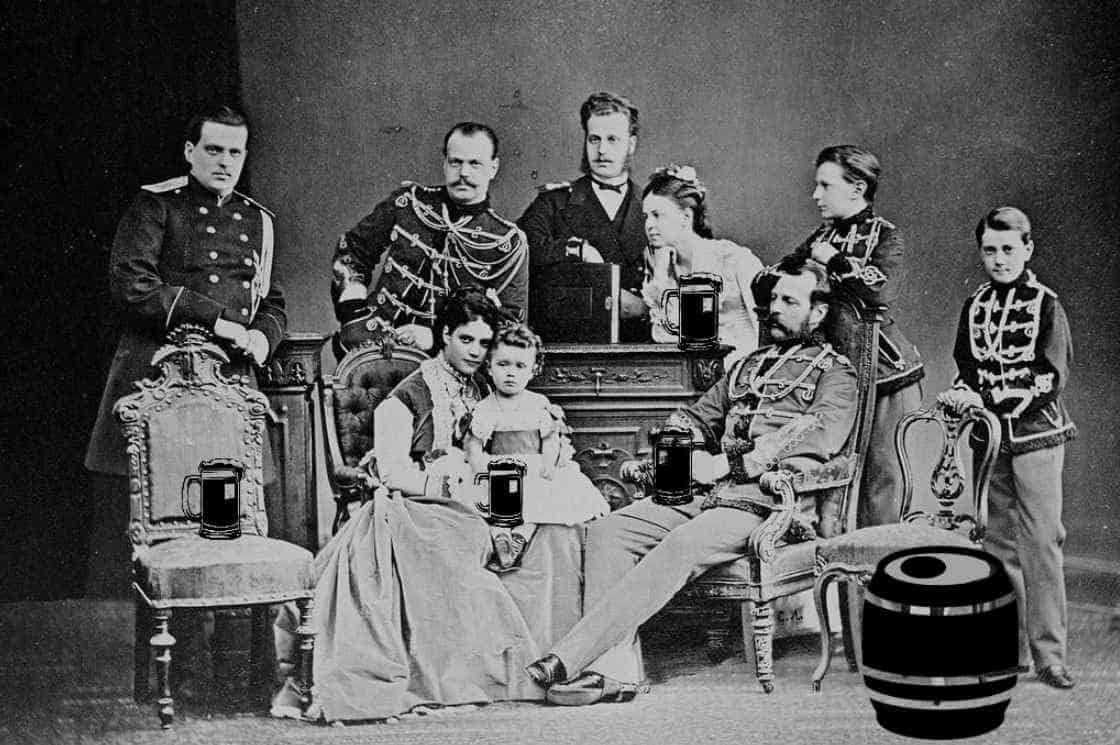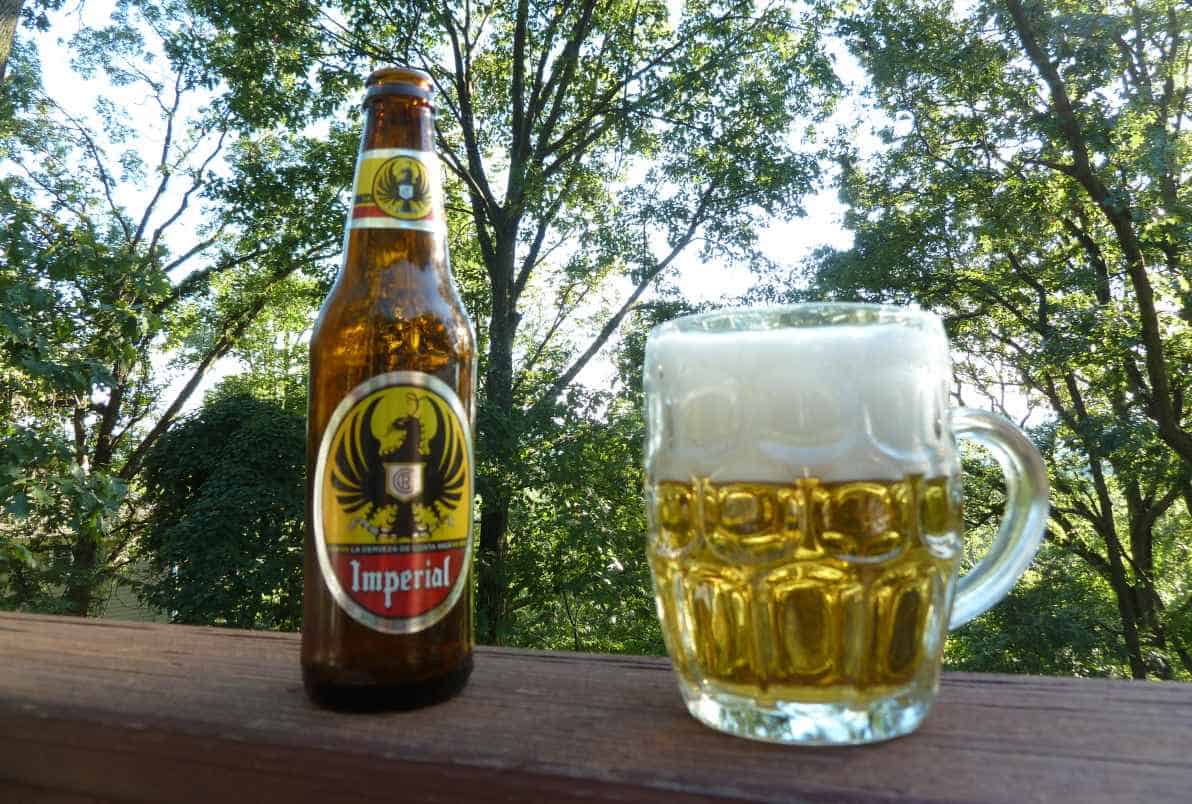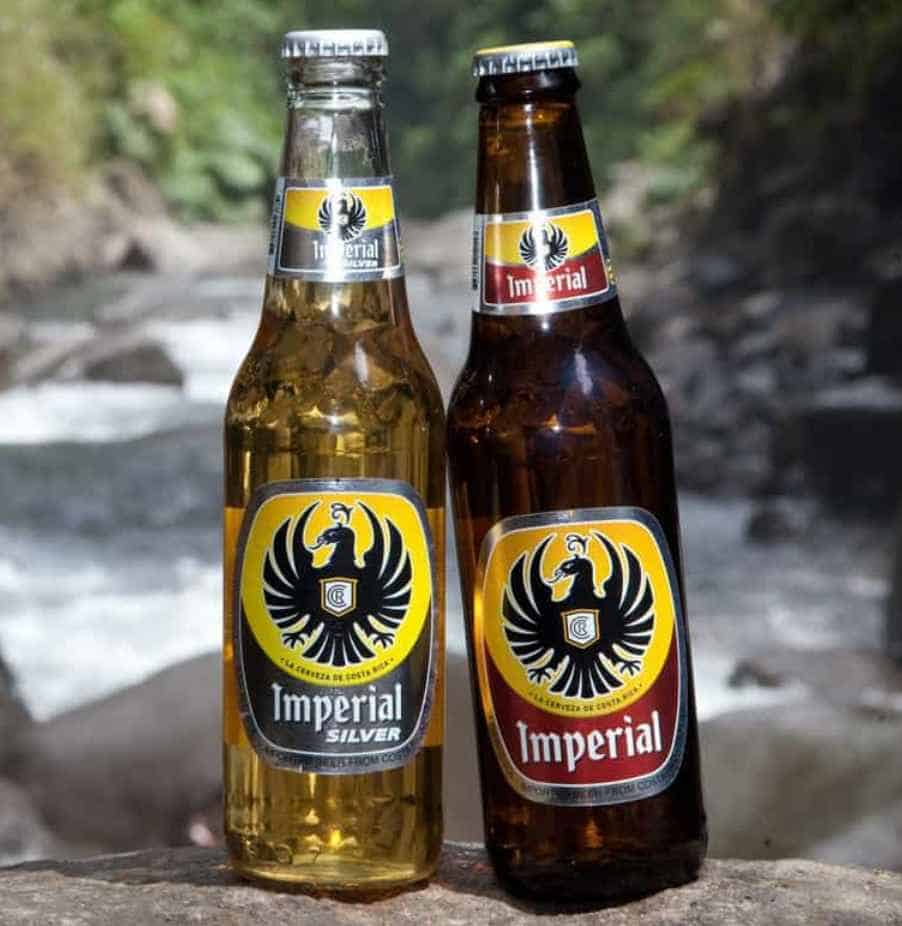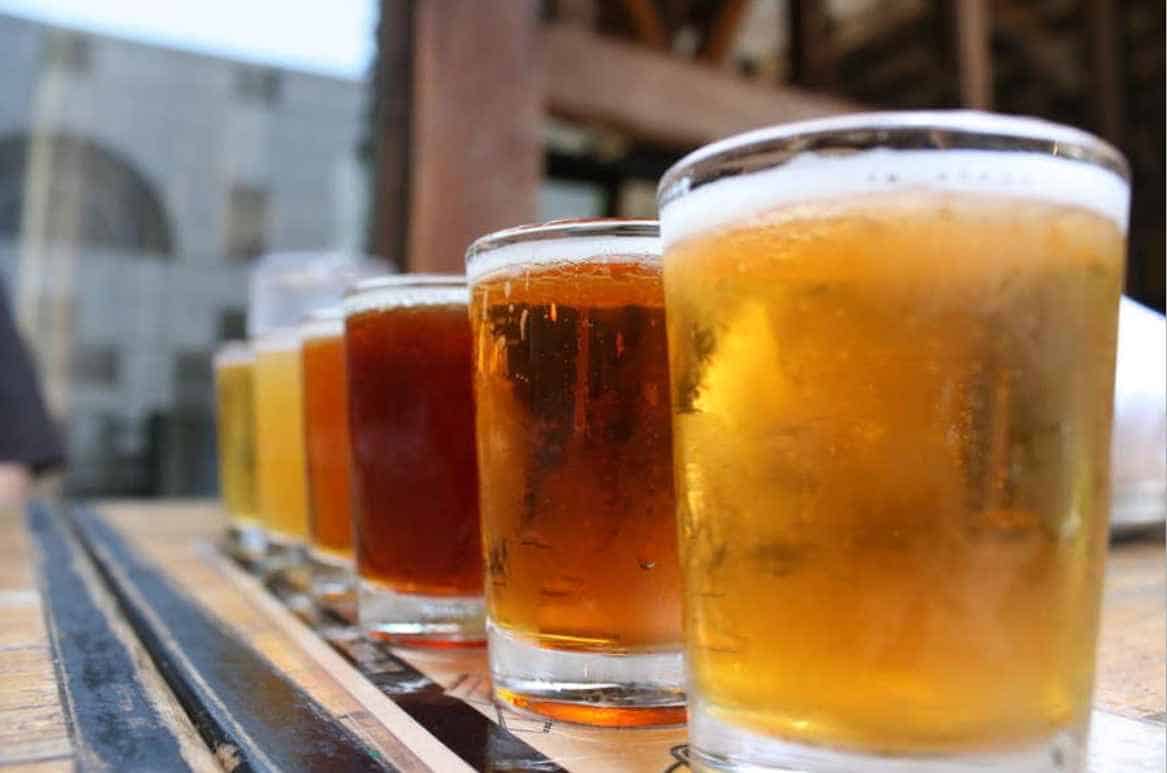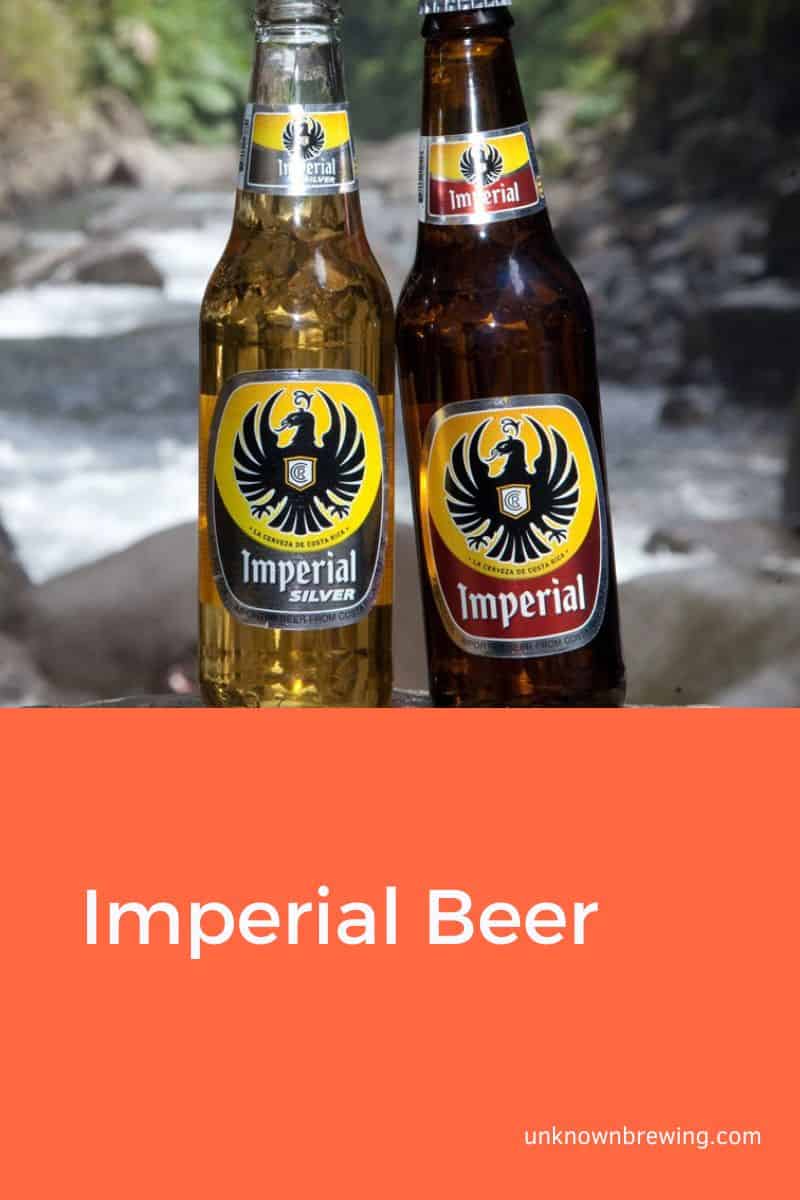While browsing through the shelves of your local liquor store, you may have noticed terms like “Imperial Russian Stout” and “Imperial IPA.” But have you ever stopped to wonder what an imperial beer is?
Imperial beer is a style of high-end liquor. Beers in this class are brewed to yield high alcohol levels and rich flavor profiles. Imperial beers were brewed for emperors in the past, hence the name Imperial.
This article is a study of the imperial beer style. We will discuss the common characteristics of these beers and the beer classes under this style. But first, what is the history of imperial beer?
Origins and Development of Imperial Beer
The earliest mentions of imperial beer can be traced back to the 18th century. In the 1700s, Henry Thrale’s London Brewery coined the term “Imperial” when he brewed the Russian Imperial Stout. This beer was explicitly made for Czarina Catherine of the Imperial Court of Russia.
At the time, the high alcohol content was intended to keep the beer fresh as it traveled through Europe. Alcohol is a preserving agent, and these British brewers tweaked its concentration to an absurd 10% ABV.
Latin America hopped on the trend in the early 20th century. The Imperial Stout beer style was South America’s first attempt at the imperial beer. This brew was a hit, and it caught on in Costa Rica, Panama, and Mexico. However, brewers had to weaken the alcohol levels to comply with the region’s hot climate.
Cerveceria de Costa Rica, a Costa Rican brewery, made its own version of the Imperial stout. They named their creation “Imperial,” and it was released in the 1920s. As the popularity of the Imperial brand grew, so did the ambitions of Cerveceria de Costa Rica. And it was only a matter of time before they exported Imperial to other countries.
Today, imperial beers are brewed by various breweries around the world. Imperial beers are often marketed as high-end brews and have become popular among beer enthusiasts.
Characteristics of an Imperial Beer
What can you expect from an imperial beer? What properties must a beer have to earn the “Imperial” title? Below are common characteristics shared by imperial beers:
High Alcohol Content
Imperial beers are also known as double, strong, or big beers for a reason; their high alcohol levels. Imperial brews tend to have a higher alcohol content than regular beers.
For example, 18th Century Russian Imperial stouts had 10% alcohol by volume. Your regular lager or pilsner contains only 5% ABV. You can now see the source of the name “Double Beer.”
Imperial beers contain high alcohol levels, typically between 7% ABV and 14% ABV. Some examples surpass this alcohol range. For example, Tactical Nuclear Penguin, a limited series of stouts by BrewDog, had 32% ABV.
Rich Flavor and Aroma Profiles
Brewers use high malt quantities to produce high-alcohol imperial beers. Apart from contributing to alcohol content, the malt imprints itself into the beer’s flavor and aroma.
You can detect sweet caramel flavors and toasty aromas from the taste alone. These aromas can range from chocolate to toffee to coffee. Imperial beers are also heavily hopped, adding fruitiness to their rich flavor profile.
Dark Beer Colors
Imperial beers are dark-colored beverages, typically ranging from amber-brown to near-black. An explanation for this phenomenon would lie in the brewing process. Imperial beers are made from heavily roasted malts. The roasting gives the beer its color. It is also responsible for caramel, chocolate, and coffee aromas.
Thick Creamy Heads
Imperial beers make thick, creamy heads. These heads are persistent and long-lasting; they don’t fizzle out quickly. Because imperial beers use a lot of malt in brewing, they extract a lot of protein. The high protein content creates a dense foam or head.
Smooth Mouthfeels With Velvety Textures
Imperial beers are often described as chewy due to their smooth mouthfeels and velvety textures. The soft texture could be due to the beer’s high protein content.
Different Styles of Imperial Beers
Various beer styles bear the imperial name. While they share similar characteristics, these beer styles vary greatly. From stouts to ales, below are the most common beer styles under the imperial beer classification:
- Russian Imperial Stout: Despite its name, the Rusian Imperial Stout actually has English origins. In the 18th century, British brewers produced this imperial beer for export to the Russian Empire. In those days, imperial beer was an indulgence of the Russian Imperial Court, hence the name “Russian Imperial Stout.” Russian Imperial Stouts vary in color from dark amber to brown. Beer color, in this case, depends on the hops’ age and quality. Examples of Russian Imperial Stouts include Marshmallow Handjee, Old Rasputin, and Parabola. Check out other top-rated Russian Imperial Stouts.
- Belgian Strong Ale: The Belgian Strong Ale is a strong ale (7-11% ABV) from Belgium. Unlike other imperial beers, the Belgian Strong Ale is pale, hence the name “Belgian Pale Strong Ale” and “Belgian Golden Strong Ale.” Beers in this class are hoppy with fruity or spicy characteristics. Top-rated Belgian Strong Ales include Duvel, Delirium tremens, and Matilda.
- Wee Heavy: Wee Heavy is a strong ale from Edinburg, often called Scotch Ale. Wee Heavy and Belgian Strong Ales have similar characteristics besides their countries of origin. Wee Heavy beers have a sweet malty taste with a caramel aroma. Top-rated Scotch Ales include Backwoods Bastard, Dirty Bastard, and Old Chub.
- Barleywine: Barleywine is a strong British ale with alcohol levels that range between 6% ABV and 12% ABV. Barleywines get their name and character from their barley-rich grain bill. Many of the highest-alcohol beers are Barleywines. Top-rated Barleywines include Insanity, Blithering Idiot, and Mother of All Storms.
- Double IPA: Also known as the Imperial IPA (India Pale Ale), the double IPA is a light-colored ale. Beers in this class have colors that vary from light straw to medium amber. Double IPAs are lighter than other imperial beers but darker than regular IPAs. Double IPAs have alcohol content levels that range from 7-10% ABV. Popular Double IPA examples include Cushwa Face Chop, Stone Ruination 2.0, and Ninkasi Tricerahops.
- Eisbock: In the brewing process, Eisbocks use the freeze distillation technique to concentrate alcohol and sugar levels. The resulting brew is a high-alcohol Eisbock with 7-14% alcohol by volume. As for appearance, these beers can range from tawny red to near-black. Top-rated Eisbock examples include Aventinus Eisbock, Raspberry Eisbock, and Winter Wonder Lager.
Imperial Beer vs. Regular Beer
Today, there are many imperial beers in the market. They come in various beer styles, alcohol strengths, and flavor profiles. The most notable difference between imperial and regular beer is alcohol content. Imperial beers have high alcohol levels, typically above 7% ABV. Regular beers average 5% ABV.
Imperial beers have full bodies and thick heads. While your regular beer loses its head after a short while, the imperial beer head is persistent. Regular beers like light lagers and pilsners are refreshing and super drinkable. Imperial beers lean on the heavy side and are not easy to drink.
Imperial beers have complex flavor profiles and pair well with similar foods. Beef dishes, like barbequed ribs and juicy stakes, pair well with imperial beers.
Final Thoughts
Imperial beer has always been a high-end brew. At the dawn of the industrial revolution, English brewers made imperial beers exclusively for the Russian Court.
Today, imperial beers are marketed as a top-shelf commodity for beer connoisseurs and enthusiasts. Have you ever tried an imperial beer? Tell us your first impressions and whether you’d recommend the beer to a friend.

As a homebrewer, Michael would get frustrated about the lack of brewing information on the internet. After hundreds of gallons of spoilt batches, Micheal had enough. And he founded Unknown Brewing as a resource for homebrewers.
